By Peter Suciu
Smoking may not be the same in-vogue habit it was during bygone days, when politicians, starlets, athletes, and even the average Joe could be seen lighting up on a regular basis. But even those who never took up the habit sometimes were attracted by what was inside cigarette packs—so-called tobacco cards. Today, these thin cardboard inserts have become a hot collectible, and the military cards are especially desirable to collectors for their rich artwork of period soldiers.
Beginning in the 1870s, single cards were added to cigarette packs to stiffen the packaging and provide a bit of free advertising for the tobacco company. Few of these earliest cards have survived—no one expected them to be worth very much. After all, who would save a blatant advertisement? But it was not long after the introduction of the first inserts that many companies began to include collectible cards, no doubt to encourage future purchases of their particular brand. Allen and Ginter Tobacco Company is generally considered to be the first company to include such cards and encourage its customers to “collect them all!”
The popularity of the tobacco cards grew simultaneously in the United States and Great Britain. The first British tobacco company to introduce the cards is believed to have been W.D. & H.O. Wills in 1888. On both sides of the Atlantic, these early cards depicted actresses and other attractive women of the day—material that in the era of stuffy Victorian morality was considered a bit too spicy for respectable buyers. In reaction, British cards gradually began to focus on nature subjects and sports, most notably boxers and other top athletes. Most early card sets consisted of 25 or 50 related subjects. In the United States, baseball players were among the most popular early types of cards. In fact, the most valuable collectible baseball card today is a tobacco card depicting Pittsburgh Pirates shortstop Honus Wagner.
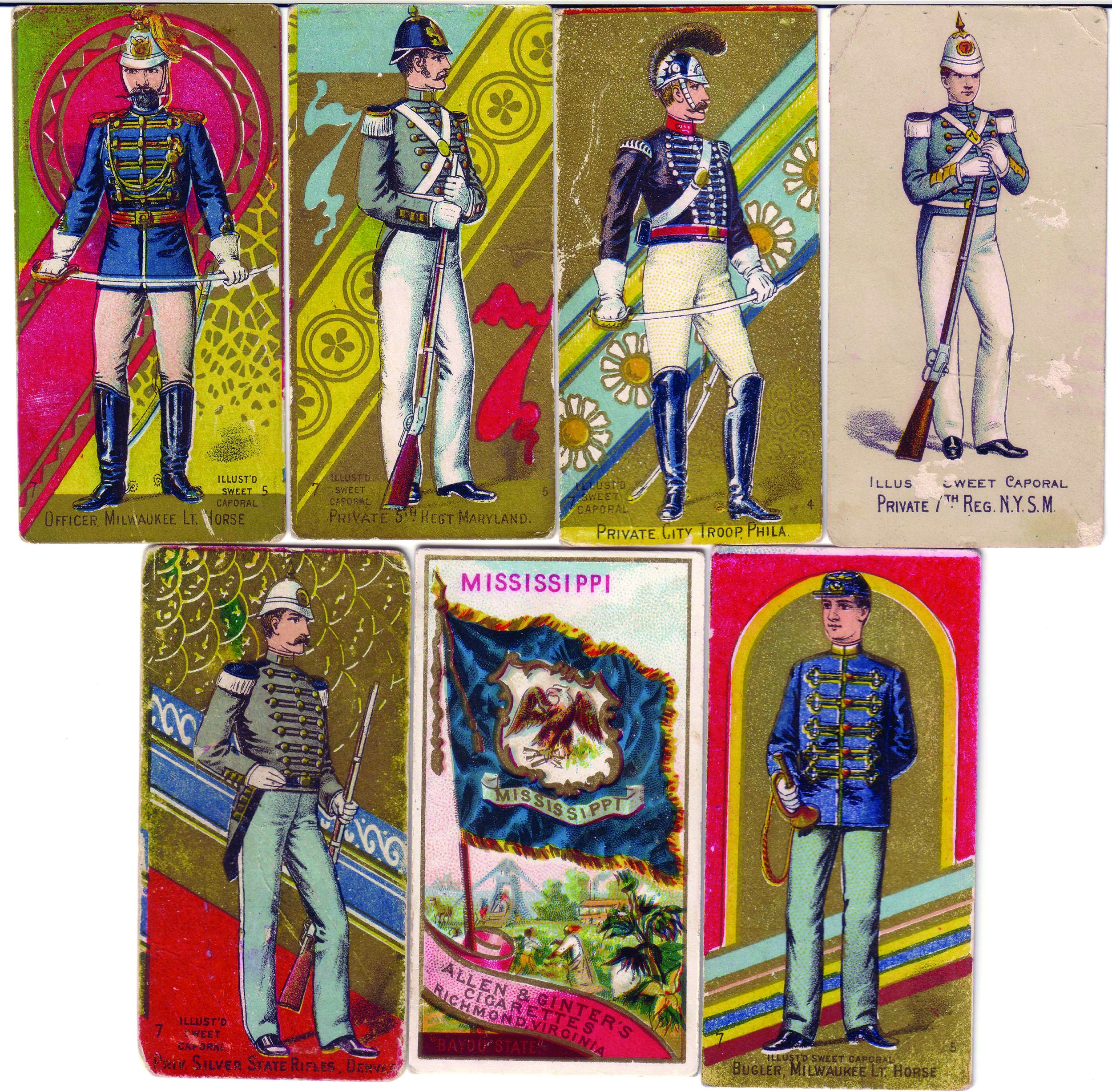
But in the era of the Pax Britannica, another type of card subject was also introduced, one that would survive for nearly three-quarters of a century. It was the military card, and in the decade just past these cards have seen a major resurgence in popularity. “Sport cards will probably always be the most collectible subject as most people who collect cards are interested in one sport or another,” says Lee Towersey of CigaretteCards.co.uk. “Military cards are quite possibly the next most popular subject.”
Despite the lack of interest for many years, or perhaps because of it, military tobacco card sets have survived in great numbers. “It’s amazing how common these cards are,” adds Towersey. “Tobacco cards used to be quite hard to find, as you had to go to specialist fairs or if you were lucky, pick them up from an antique dealer. The age of the Internet, however, it has made cards more readily available.”
Many collectors credit the military card as being a British innovation, but in fact it is believed that the origin of the military collectible card can be attributed to an American company. In 1888, the Kinney Tobacco Company introduced what is believed to be the first military series in the United States, and they focused on uniforms of the American Civil War. In the years that followed, other conflicts in American history were also used as the subject for tobacco cards.
“The Kinney series was primarily printed in the late 19th century, so some of them may be as rare as a Honus Wagner tobacco card, but the collecting field is much smaller so the values are not nearly as high,” says military historian and author Mark Kassal. “New collectors must decide if they want condition or number. I chose number because I use them for research purposes when I am writing an article on a piece of headgear that I found.”
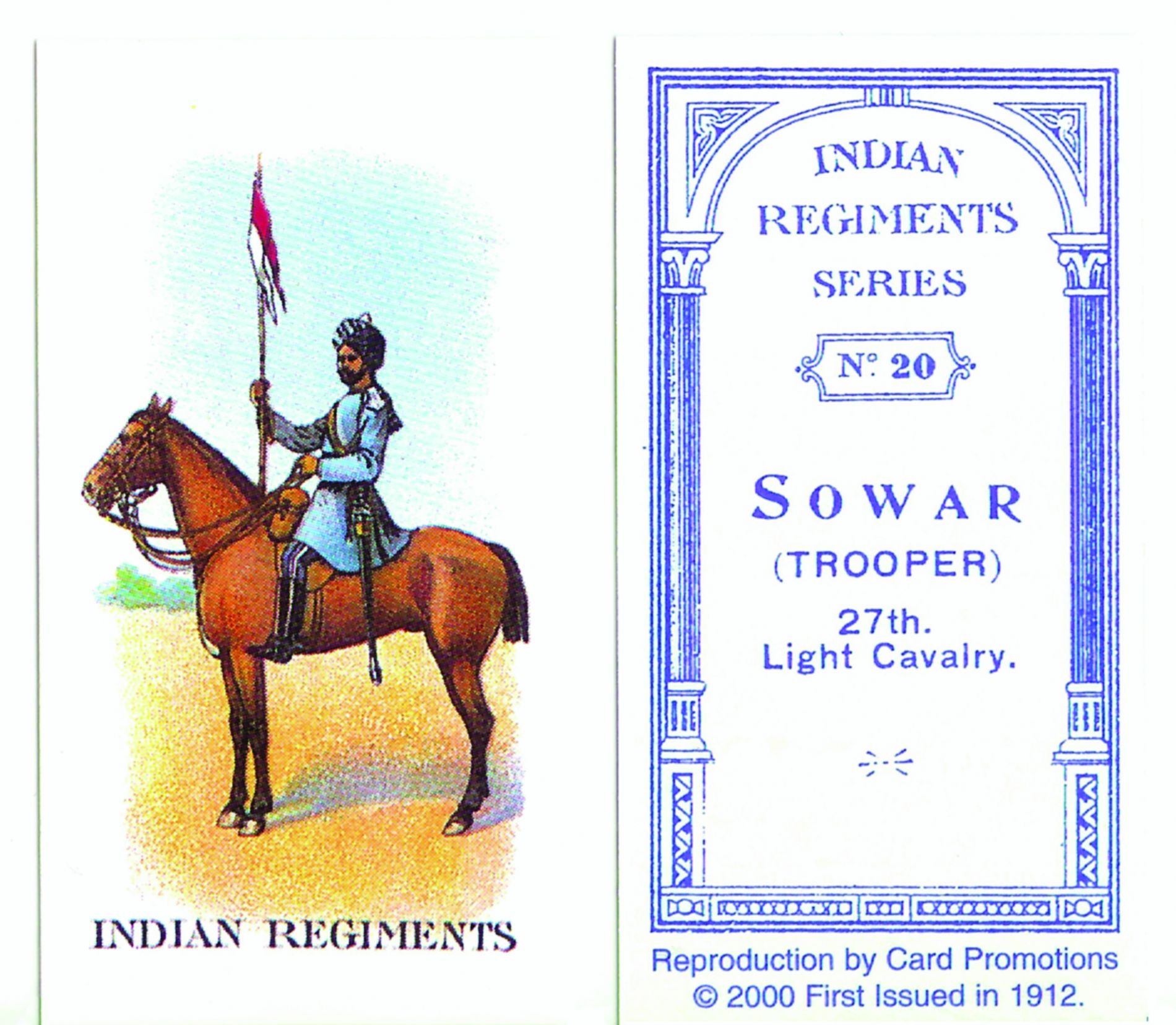
The notion of military subjects on the cards crossed the Atlantic at the time of the Anglo-Boer War, with dozens of series depicting everything from English warships to specific units and even a series depicting the evolution of British military headdress through the ages. During World War I and in the years that followed, the cards remained especially popular in Great Britain.
The collectible tobacco card became popular in Germany for a few years in the 1920s and 1930s, and today numerous sets can be found online on auction sites such as eBay that depict the various uniforms of Imperial Germany. As the Third Reich prepared for World War II and during its early successes, tobacco cards were introduced to highlight the might of the German war machine. These cards were produced in smaller numbers, and owing to the destruction brought on Germany by Adolf Hitler and his minions, fewer of these sets have survived, making them very popular with collectors. There is some irony in the fact that Hitler himself was a vehement nonsmoker, but the Nazis were never known to shy away from any and all means of useful propaganda.
While the actual cards vary in design and size depending on the firm and subject, most share the common features of an image on one side and a description of the subject on the back. Until the 1930s, most were illustrations rather than photographs, although companies such as Ogden Cigarettes did introduce photographic sets just after World War I. The illustrated cards had the advantage of usually being in full color at a time when there were few sources of color depictions of militaria. For this reason alone, the cards have become very popular with collectors of pre-World War II uniforms.
“I collect photos and the headgear of the period from 1869 to 1902,” says Kassal. “The U.S. uniforms were taken from the color uniform prints in the regulations. The various militia groups were invited to send in the description of their uniforms, and Kinney printed the cards accordingly. Period photos are in black and white and descriptions of the uniforms worn by the militia units [are] sketchy at best, so these cards represent the best source of first-hand information.”
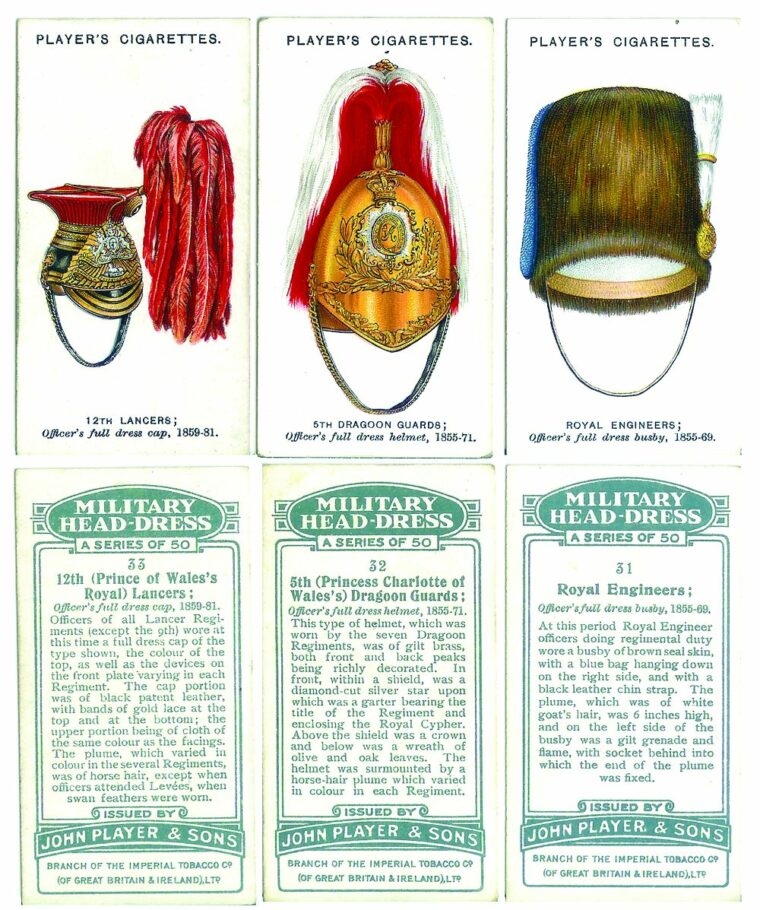
The period between the Roaring Twenties and the start of World War II is generally considered the golden age of tobacco cards. During that time, the largest number of subjects was introduced, including nature, sports, and military history. Numerous companies unveiled their own series of cards, but it is worth noting that many sets during the period were actually reprints of pre-World War I cards. This has led to some confusion over whether they should be considered originals or reproductions. In fact, they were reissues.
Over time, the cards stopped being limited to tobacco packages, no doubt because the large market of nonsmokers, as well as children, was not buying the product, and the cards began to appear in packages of other products. Similar-sized cards began to appear in packs of chocolate and eventually chewing gum, and the latter would eventually surpass the original tobacco cards in popularity.
What ultimately led to the demise of the cards was not merely new packaging—it was another war. During World War II, home-front rationing of paper killed the tobacco card. In 1940, cigarette cards were officially banned as “a waste of vital raw materials.” In the years that followed, most major companies never reintroduced the cards.
Tobacco cards saw a small resurgence in 2000, when R.J. Reynolds Company included cards in packs of Natural American Spirit, while Doral introduced a set of “Doral Celebrates America” cards that featured the 50 states in two sets in 2000 and 2001. But the modern tobacco cards failed to capture the spirit of the early cards from Kinney in the United States or from Player’s Cigarettes in Great Britain.
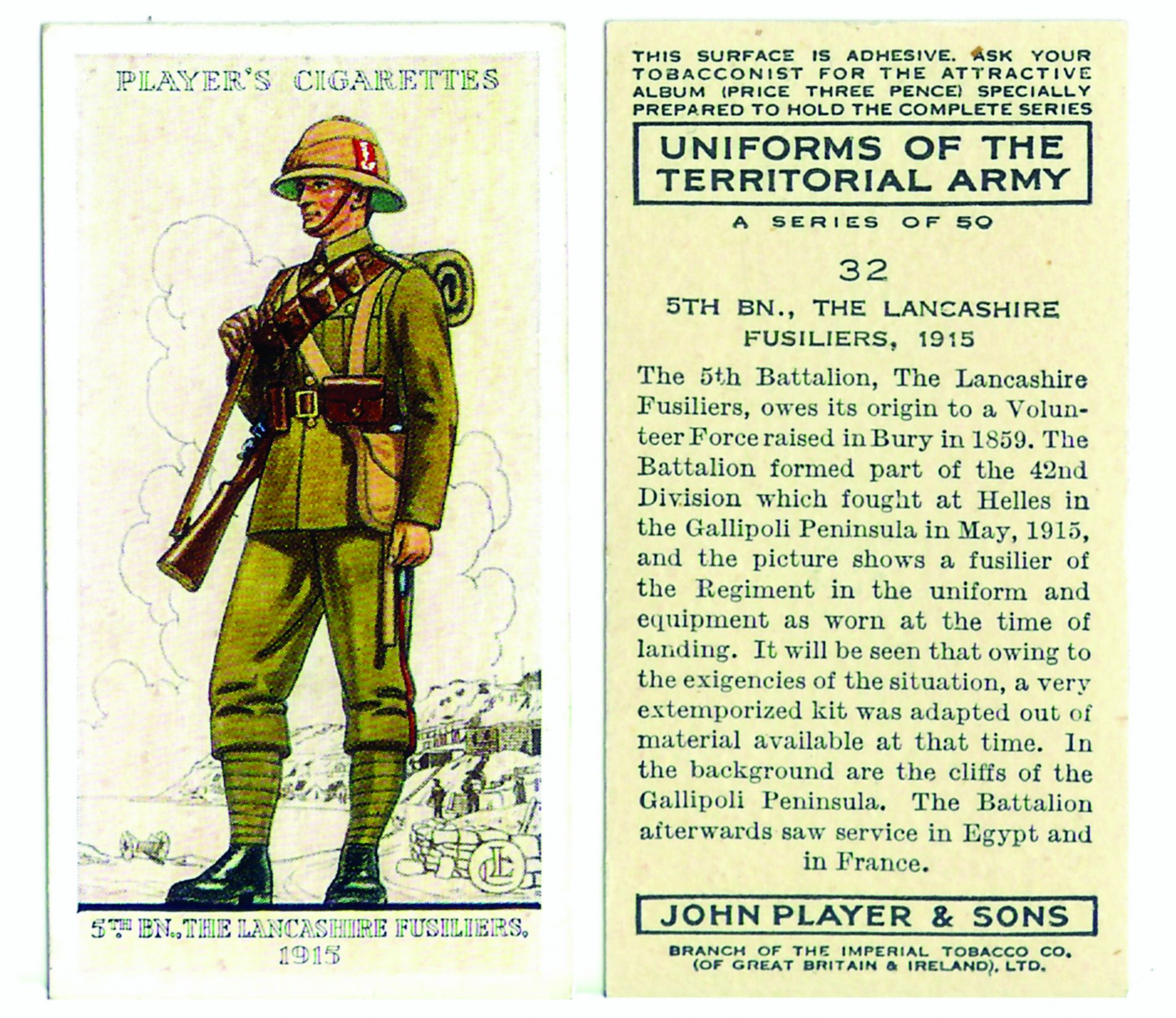
Although tobacco cards were not limited to England, the United States, or Germany, most of the military cards encountered by collectors do tend to have originated from these three nations. A number of sets of foreign military cards have also come from Great Britain. While the American tobacco companies produced mainly cards of the U.S. military, the Kinney Tobacco Company did provide a number of international uniform sets in the 1890s. But it was the British who introduced the largest number of international cards, especially in the years that followed War World I.
One of the most desirable sets of cards is the Churchman Cigarettes Warriors of All Nations, which was introduced in 1929 and depicted a variety of international soldiers. These ranged from Japanese samurai and Scottish Highland clansmen to Zulu warriors and World War I soldiers, including American, Australian, and French troops.
Additional sets from various makers depicted the various uniforms of the Napoleonic Era and other early conflicts, but during both world wars, the cards in the United Kingdom remained especially patriotic. During World War I, fewer cards were produced. The more common cards were those that encouraged enlistment and thus are known as the “recruiting cards” by collectors today. This type of card set was not limited to England, and tobacco packages in Germany and the United States featured similar cards. Because of paper rationing, this type of recruiting was not repeated a generation later.
As collector Mark Kassal notes, the cigarette cards are popular among those who want to get some insight into the colors of uniforms and other military accoutrements. This is true not only of military cards, but also for the sports cards as well. In the era before color photographs, tobacco cards were one of the more popular methods for depicting baseball uniforms in color.
The cards are also popular because they are usually more obtainable than many of the early uniforms themselves. “The hobby of cartophily [collecting cards] has various attractions which appeal to different age groups and different interests,” says Frank Doggett, a director of the London Cigarette Card Company and editor of the monthly magazine Card Collectors News. Doggett believes that there is a nostalgia element for older collectors of sports and film memorabilia, a desire to recall childhood collecting memories. For the younger generation, he says it is often television series and sports team cards that attract them.
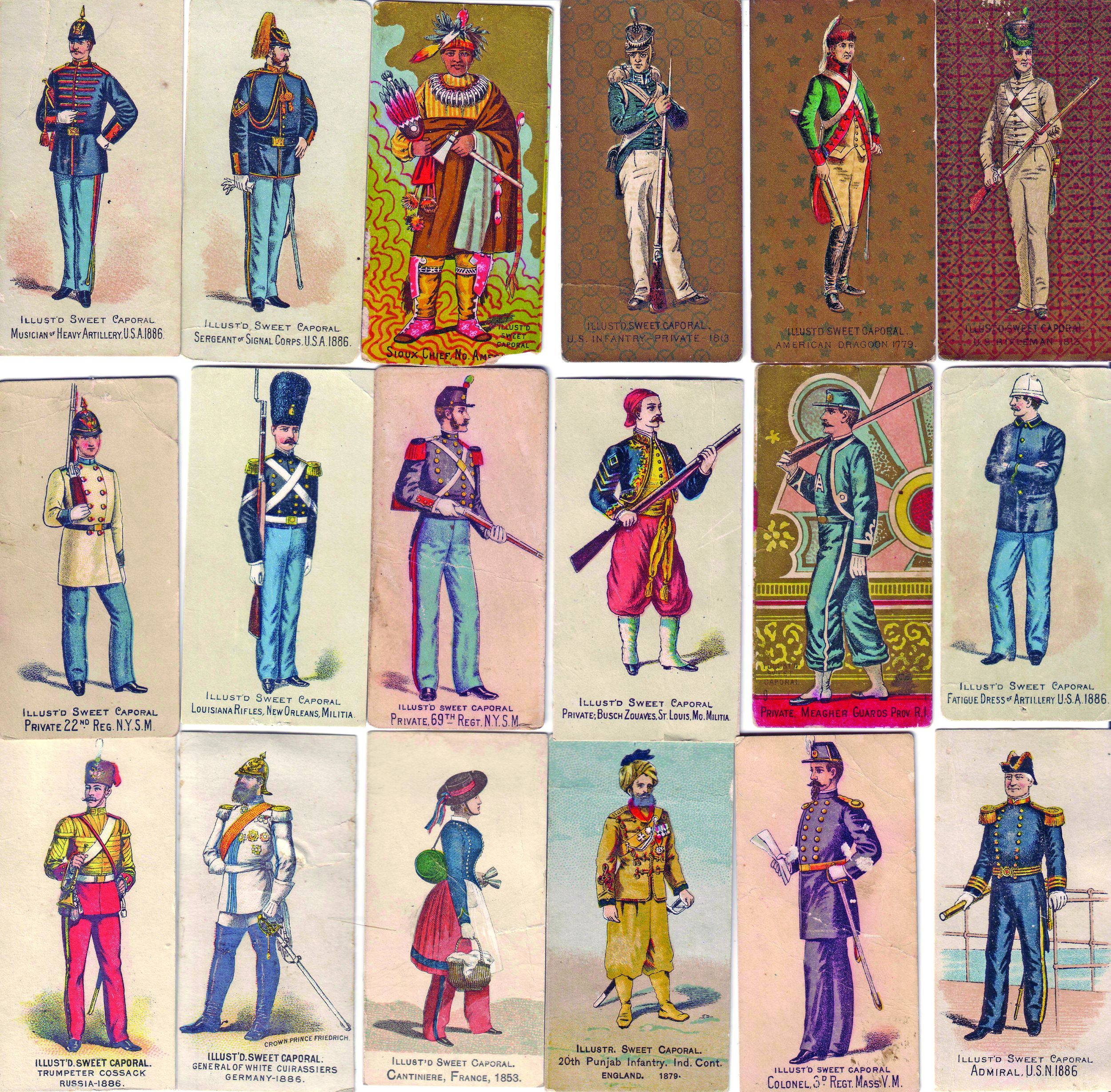
“Military cards tend to fit the former category,” adds Doggett. “A very large number of card sets on this theme have been produced over the years, reflecting popular demand. After all, the reason why firms included cards with their products was primarily to promote sales and encourage brand loyalty, so they were unlikely to favor obscure subjects which the purchaser had no interest in collecting. Present-day military collectors will be evenly split between those buying complete sets and those seeking individual cards, either on a particular regiment or to fill gaps in a partial set already in their possession.”
As with baseball and other collectible cards, the key to maximizing investment is to properly care for the cards. This means storing the cards out of direct sunlight, and, because most military cards have information on the back side, the best means of storage is usually loose-leaf albums. Of course, it is crucial to look for chemically inert materials so as not to damage the cards. Towersey says that framing is another good idea, again provided that one can keep the cards out of the sun. The inks on the cards can fade very quickly. Towersey adds that collectors should avoid using any sort of adhesive to hold the cards in place, because this will deface them and thus hurt the value.
The price of the cards varies greatly, which is to be expected given their age. Cards can commonly be found on the Internet, and some experts suggest that new collectors start with complete sets and then replace any cards that are not up to the quality of the rest of the set. Some of the rarest sets may not always be encountered together, and in these cases, it might require seeking out individual cards over a period of time.
Fortunately for most collectors, tobacco cards have not been commonly faked—at least not yet. “I have never heard of any problems with people being duped into buying reproductions as originals,” says Towersey. While visitors to large antique markets such as London’s Portobello Road might run across vendors who will not tell them which sets are reproductions, it is not all that difficult to tell, says Towersey. “Most repro sets are marked on the reverse ‘Reproduction by kind permission of,’” he notes.
Tobacco cards provide an excellent link to the past, often offer insightful information on the subject, and make for a reasonably affordable addition to any militaria collection. And while the military sets probably will never fetch the astronomical prices of the famous Honus Wagner baseball card, for devoted fans of militaria, the tobacco cards will remain a popular item on the collector circuit.
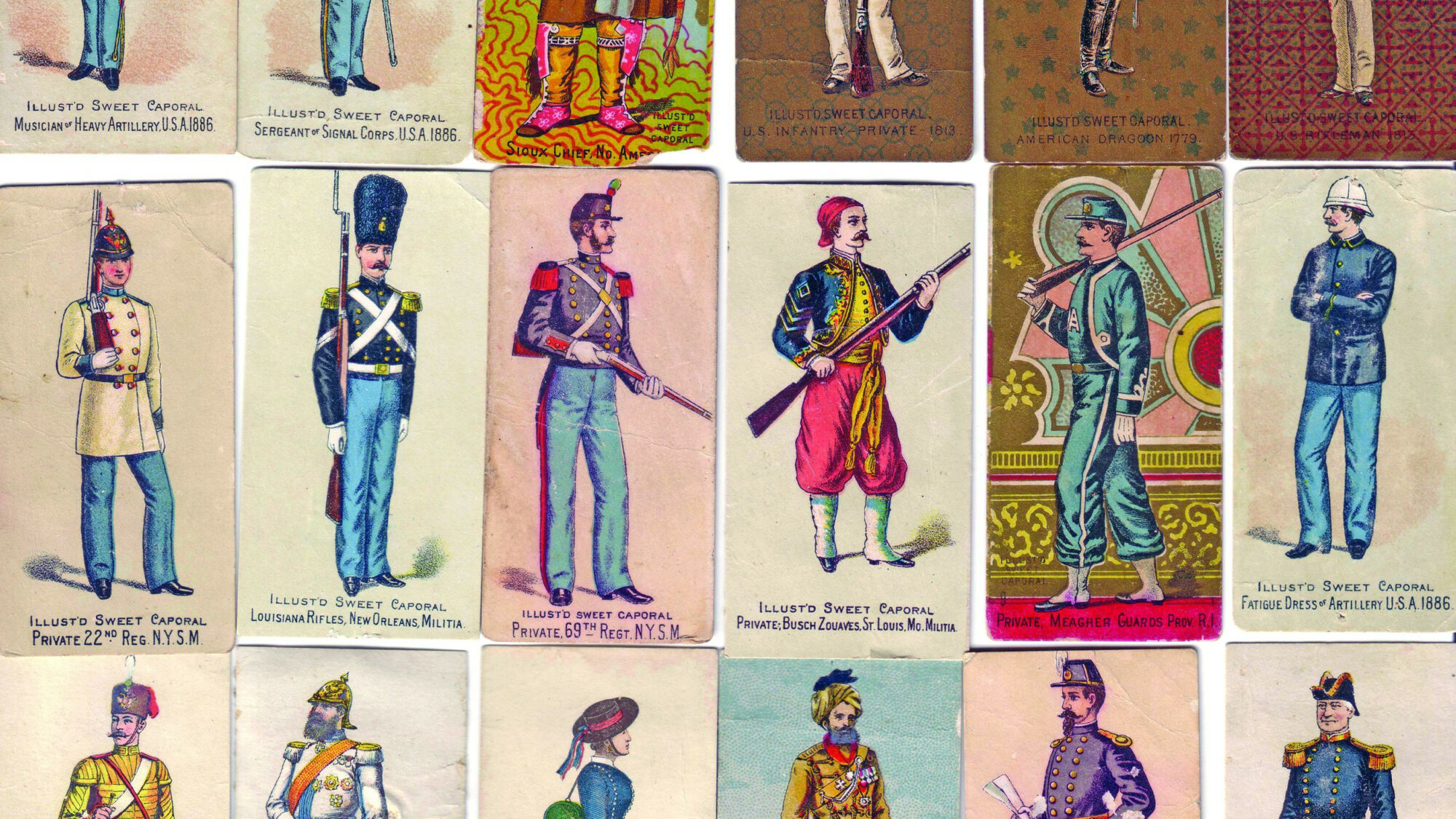
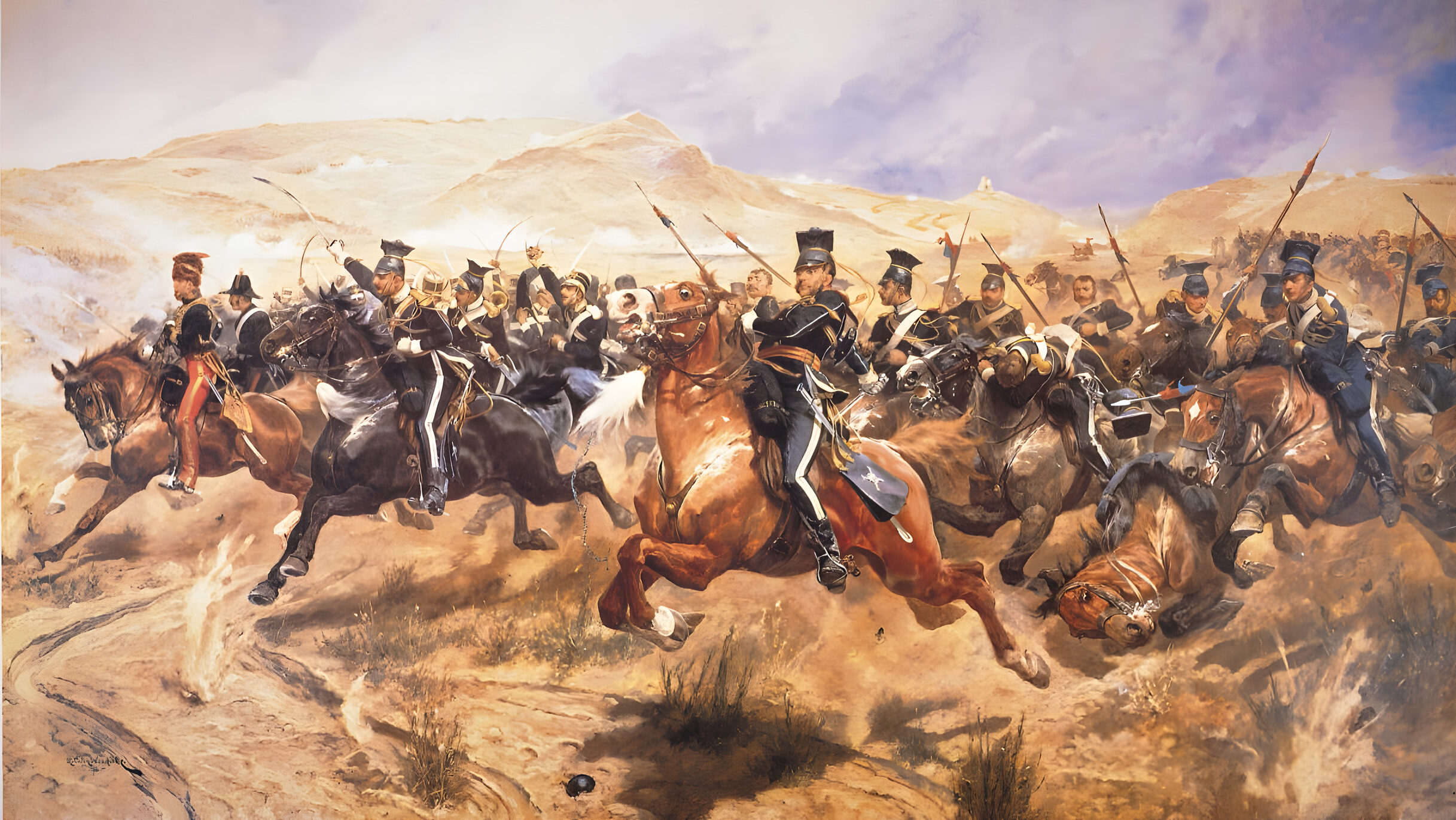
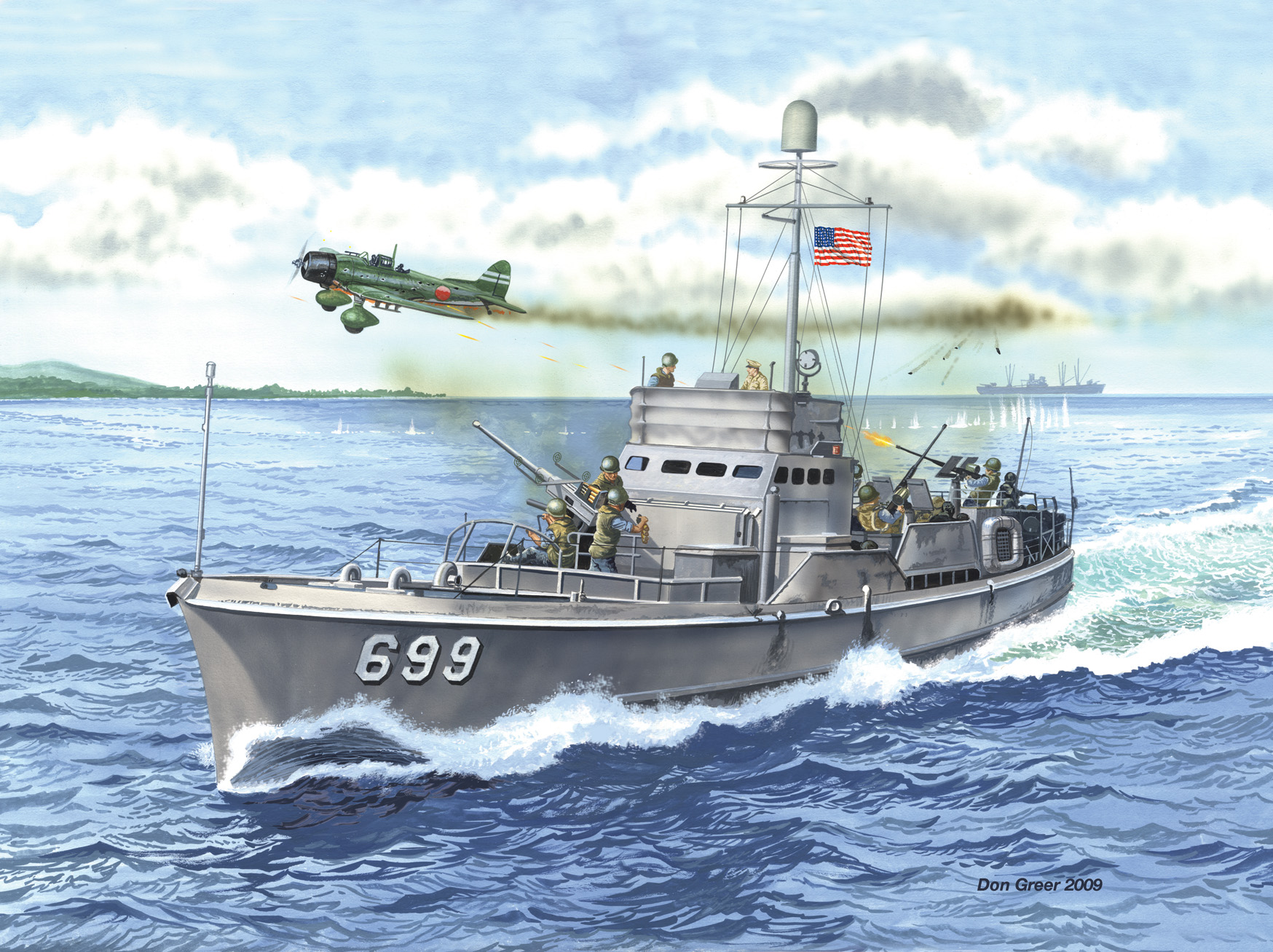
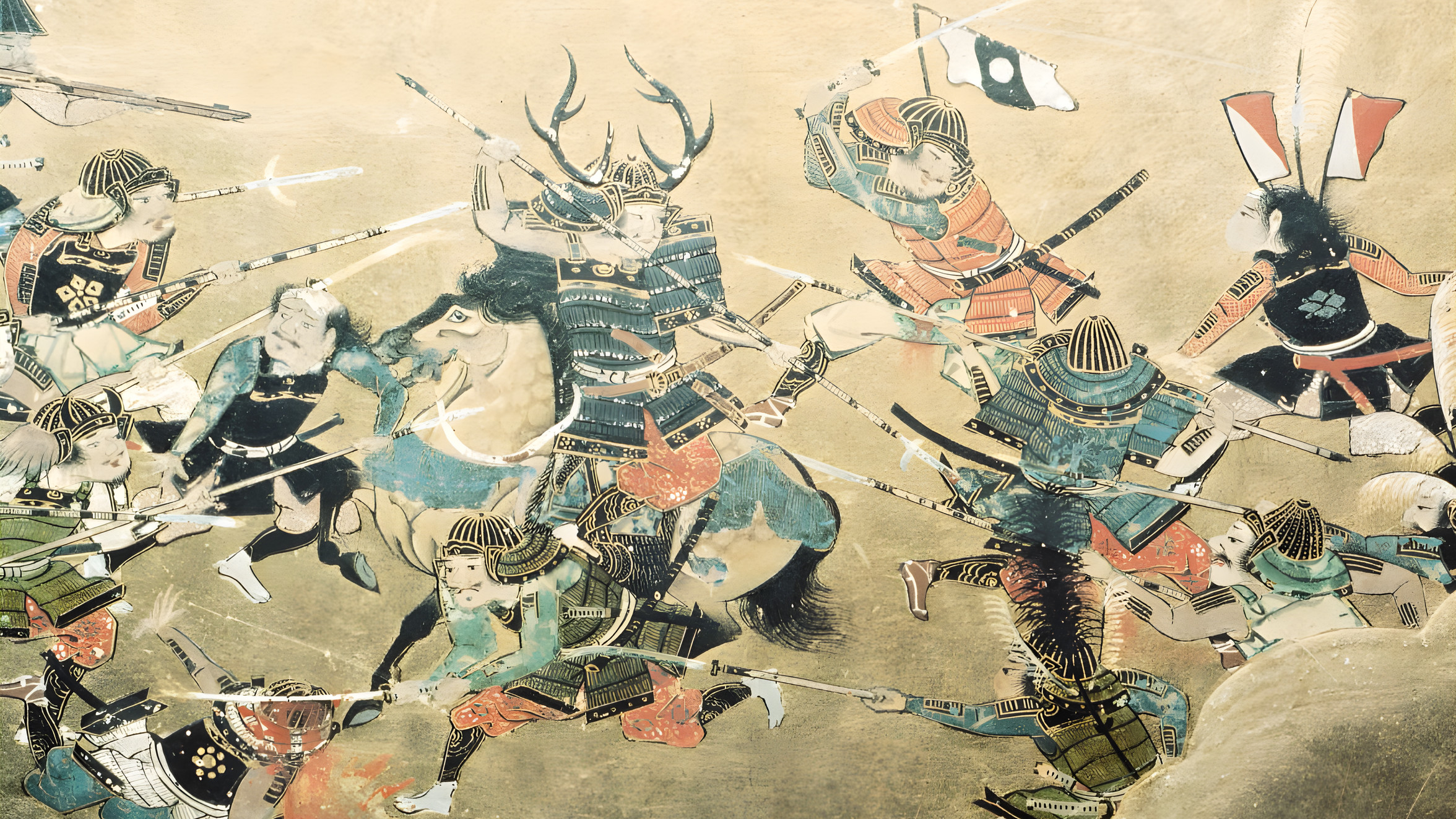
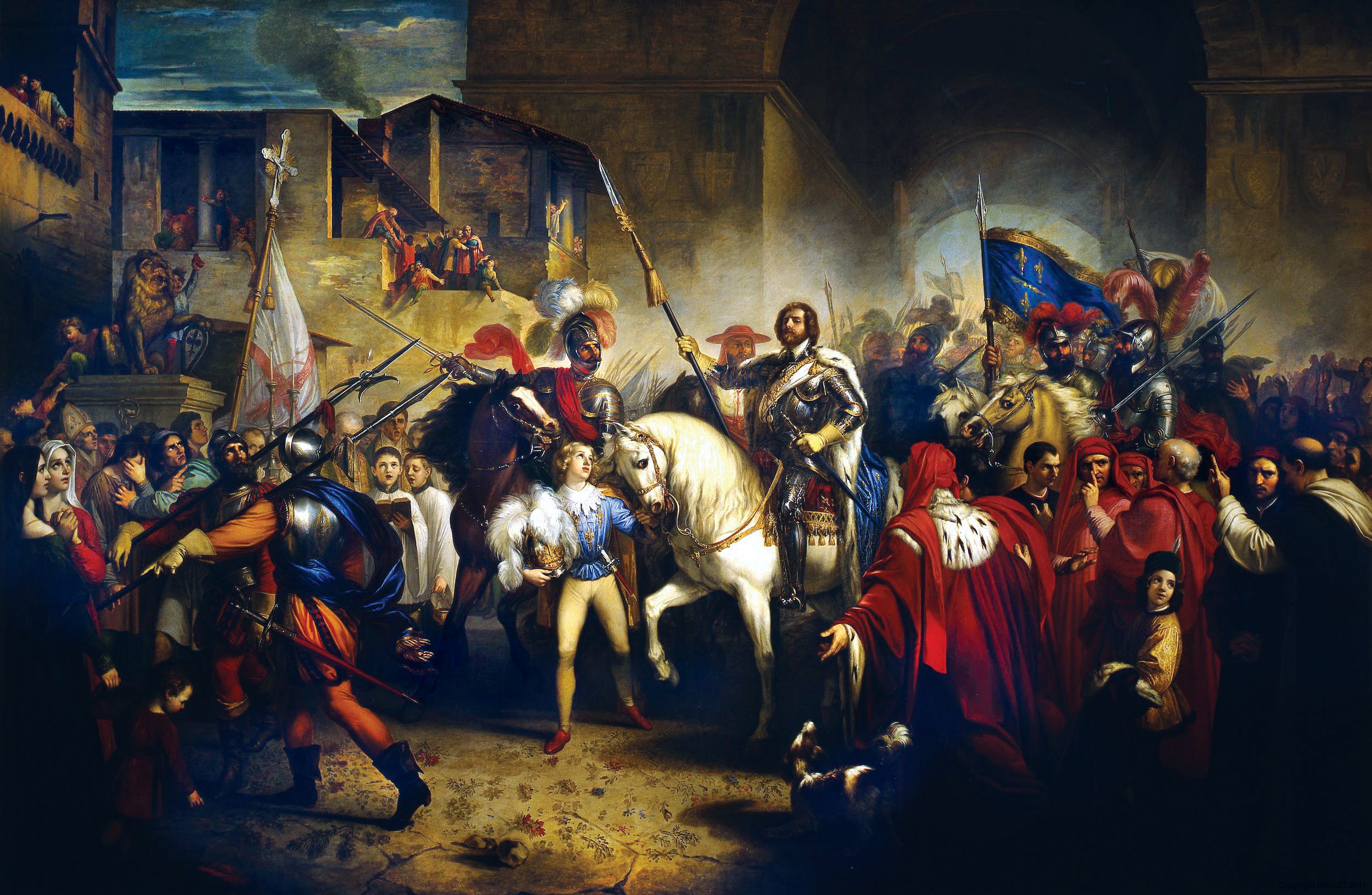
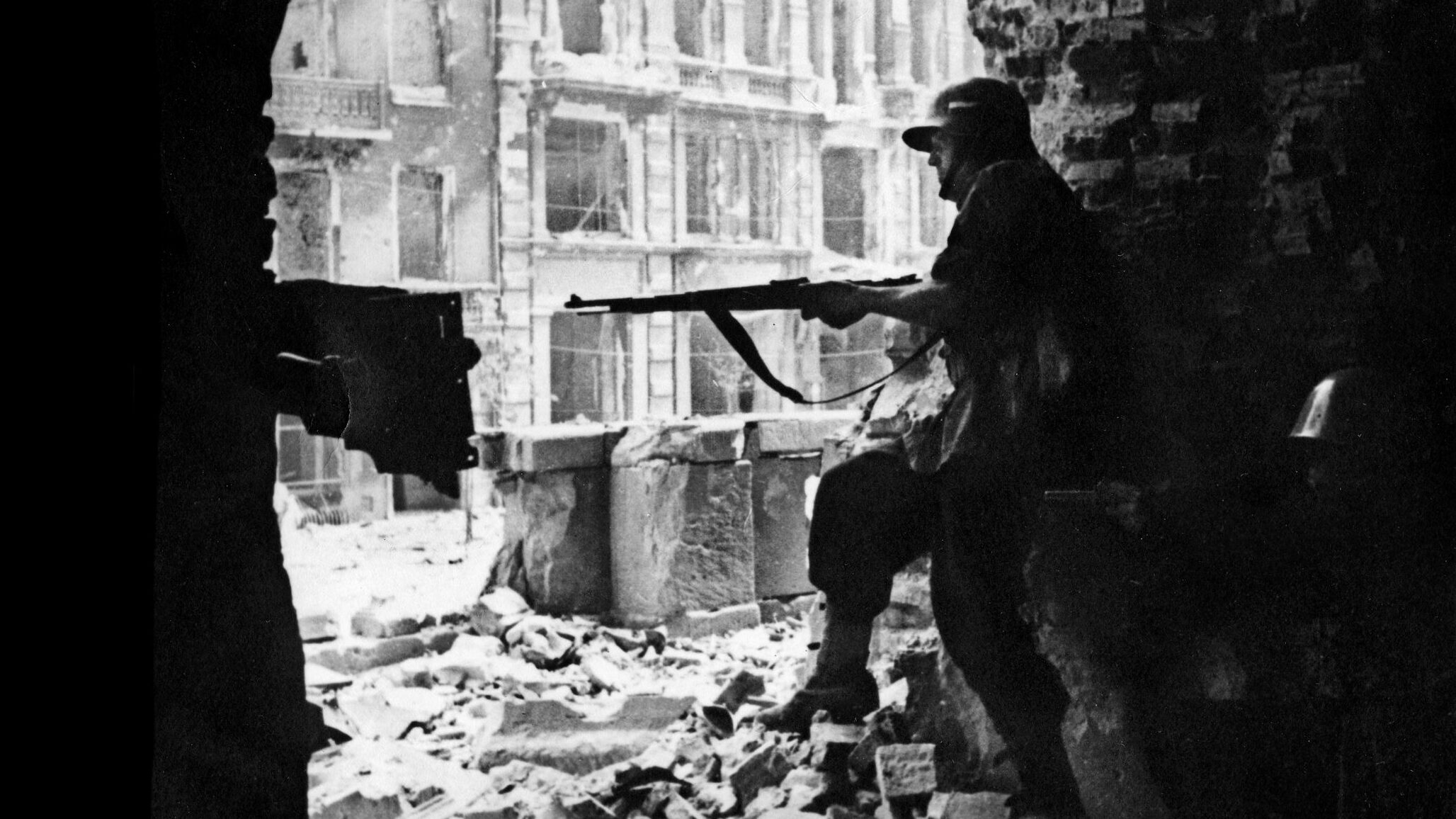
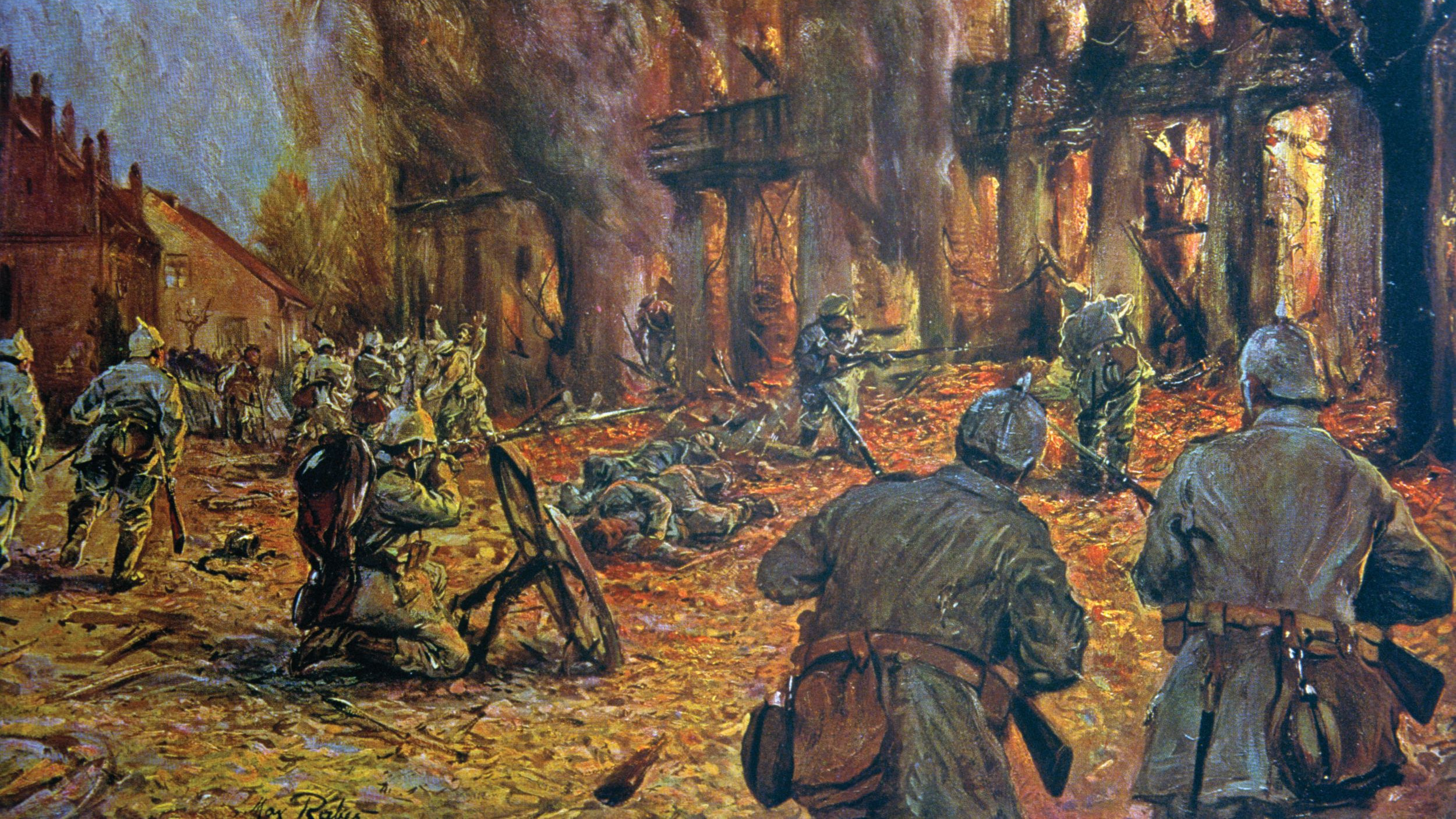
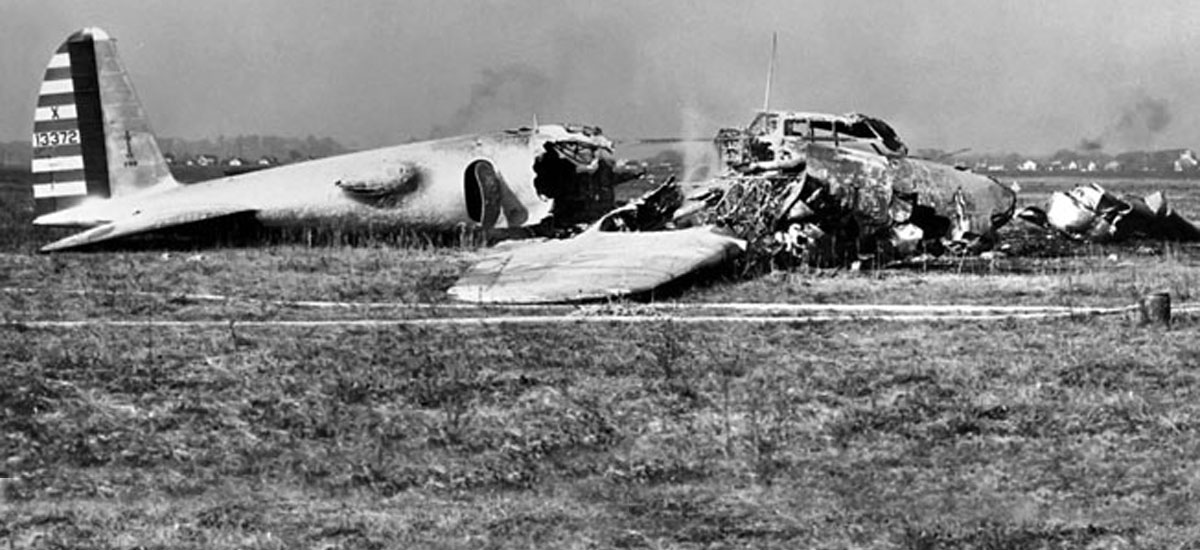
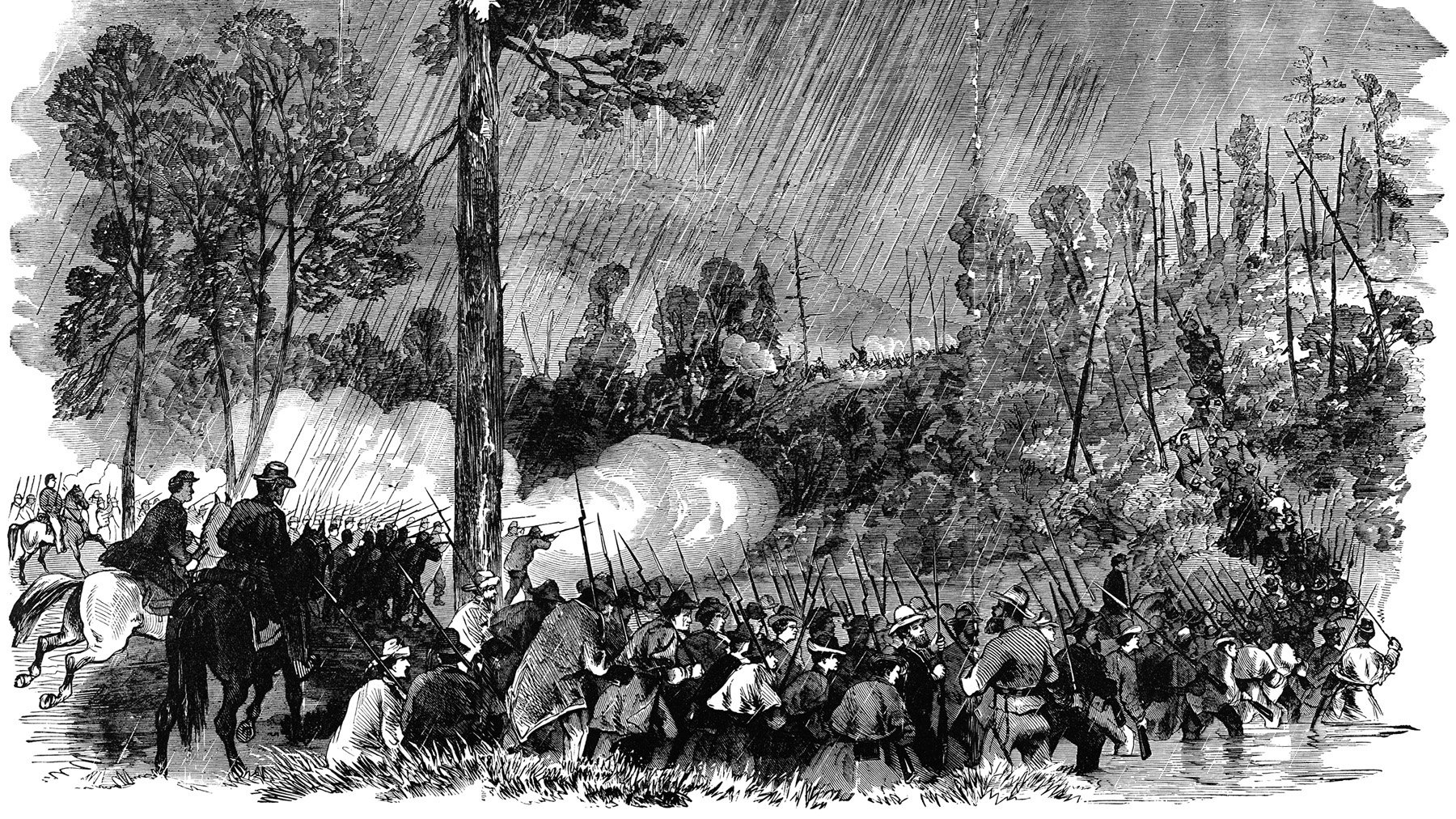
Join The Conversation
Comments
View All Comments